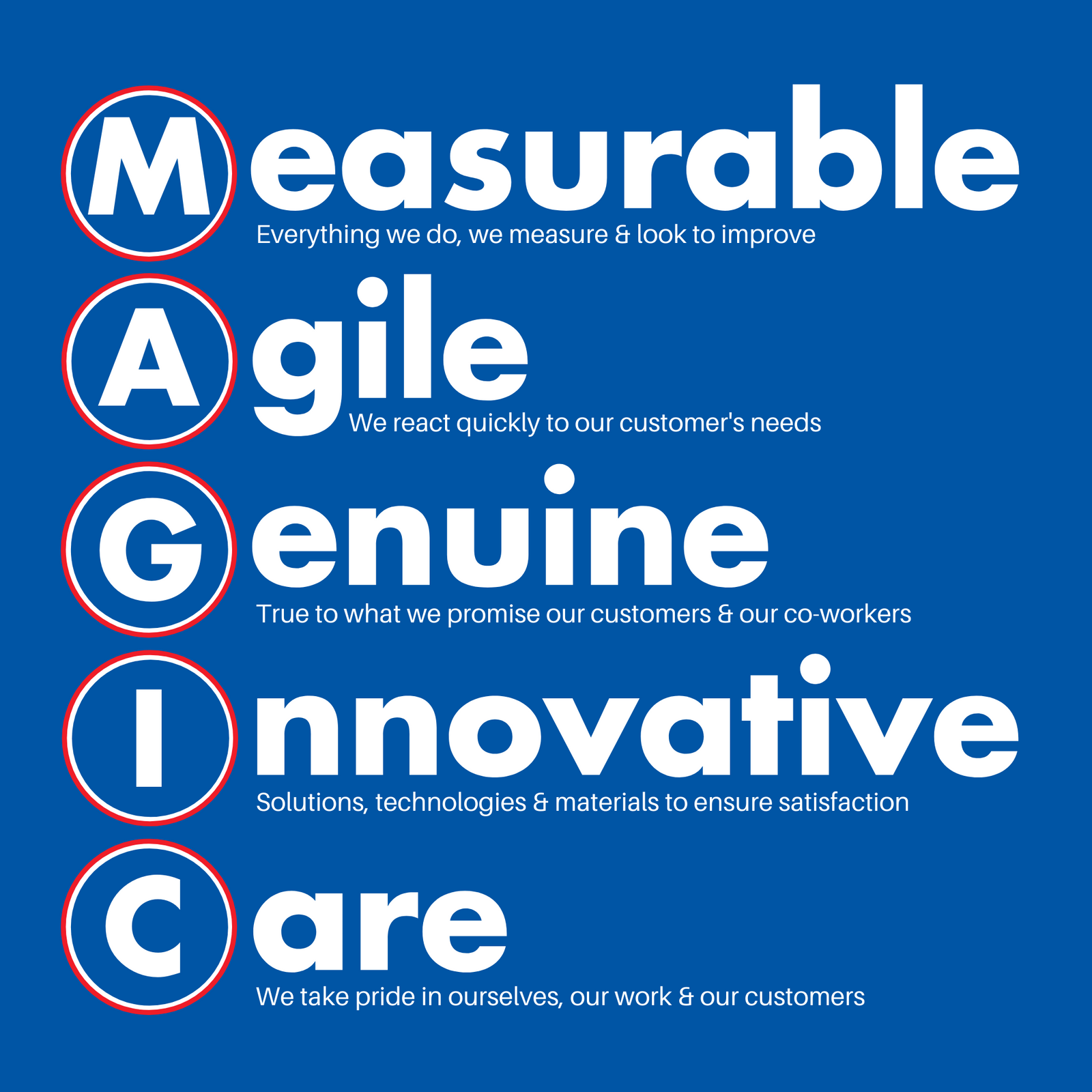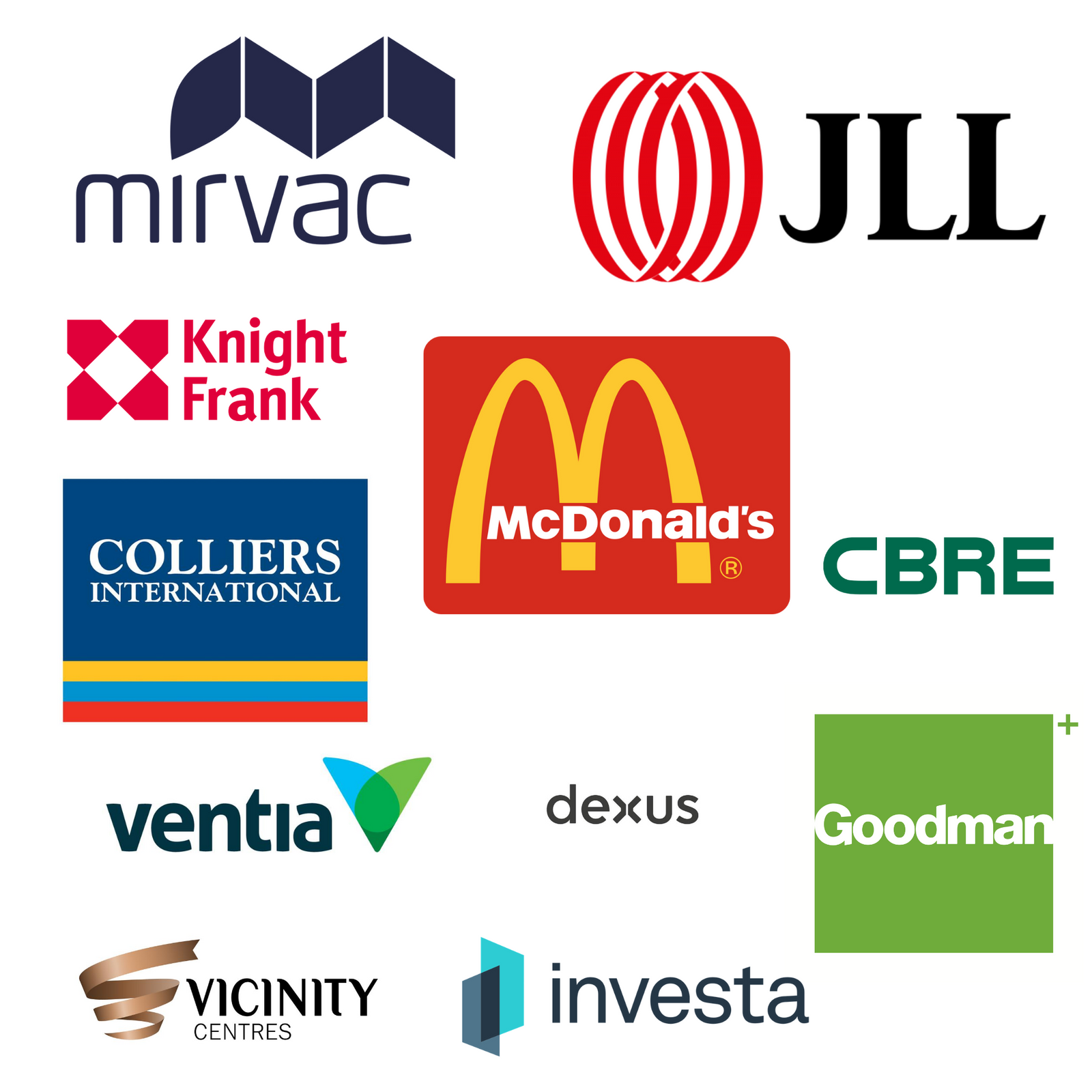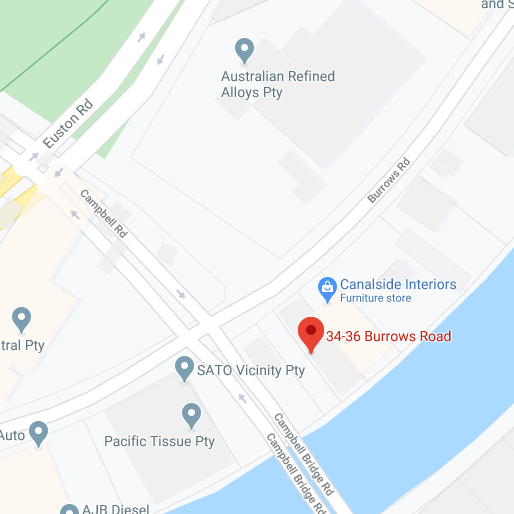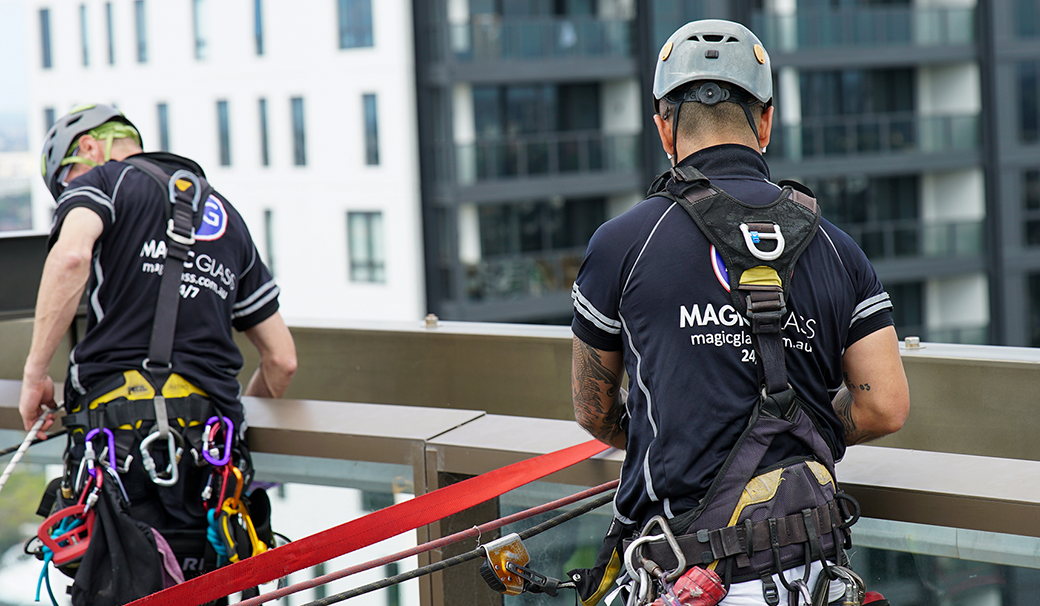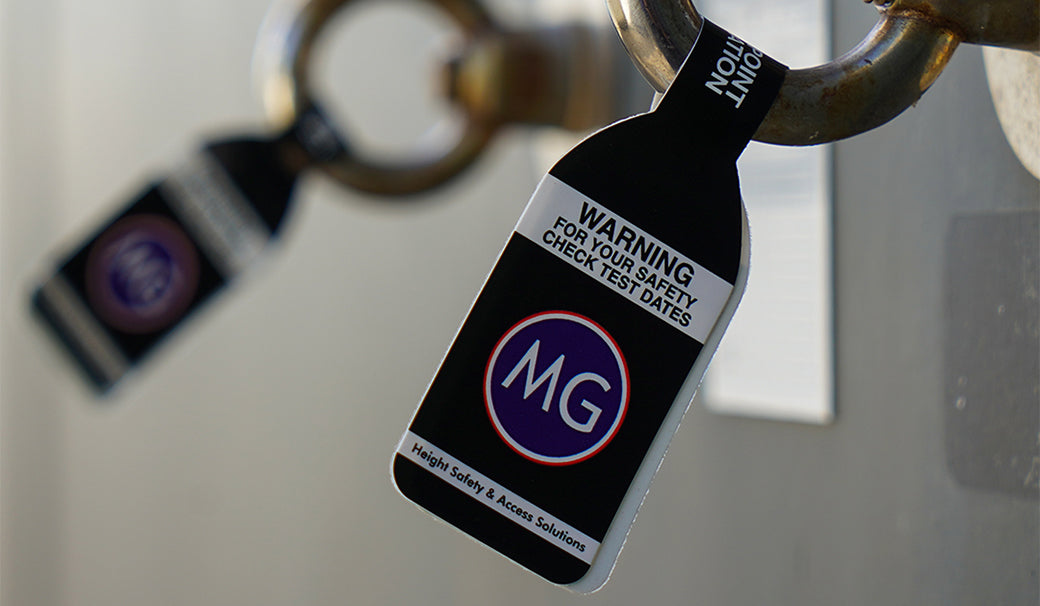
The use of Low-E coated glass has been a game changer in boosting the energy efficiency of buildings. With an estimated 70% of energy loss occurring through windows and doors, and 90% of window energy loss occurring through the glass, Low-E coatings have helped drastically in keeping heat in or out of commercial buildings and houses.
What is Low-E Glass?
Low-E (or low-emissivity) glass is designed to minimise the amount of infrared and UV radiation absorbed by glass, without reducing the amount of light entering the building.
The glass has a very thin, transparent coating that reflects heat back inside or outside the building. This helps keep the temperature in your building consistent by reflecting the internal temperature back inside.
Types of Low-E Coatings
There are two different types of Low-E coatings. Which one is best for you is based predominantly on your area’s climate.
Hard-Coat (Passive) Low-E Coatings
Hard-coat Low-E coatings are applied to glass immediately after it is removed from the furnace. The heat causes the coating to fuse onto the glass as it is cooling down. The fusion creates a strong bond (or hard-coat) that is highly durable.
Hard-coat Low-E glass is used predominantly in climates where the temperature can get extremely low. This is because the hard-coat glass allows some of the sun’s short-wave infrared energy to pass through, whilst keeping the long-wave heat energy inside. This keeps buildings nice and warm when it is cold outside.
Soft-Coat (Solar Control) Low-E Coatings
Soft-coat Low-E coatings are applied to pre-cut glass in a vacuum chamber once the glass has cooled. This type of coating must be sealed in an insulated glazing unit (IGU) or laminated glass unit for longevity and optimal performance.
Soft-coat Low-E glass has lower emissivity and higher solar control performance. It has better UV protection and is overall more effective. For this reason, it is ideal for use in cold to hot climates where it can reflect the warm or cool air back into your building, with minimal leakage outside.
Installing Low-E glass into your home or business can significantly improve your building’s energy efficiency, in turn reducing your carbon footprint and saving you money. It can also prevent damage to your furniture and internal decor by blocking out harmful UV rays.
If you’re considering upgrading to Low E glass, contact the Magic Glass team today! We can provide you with a free quote and help advise you on what options are best for your building.


